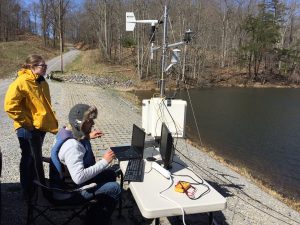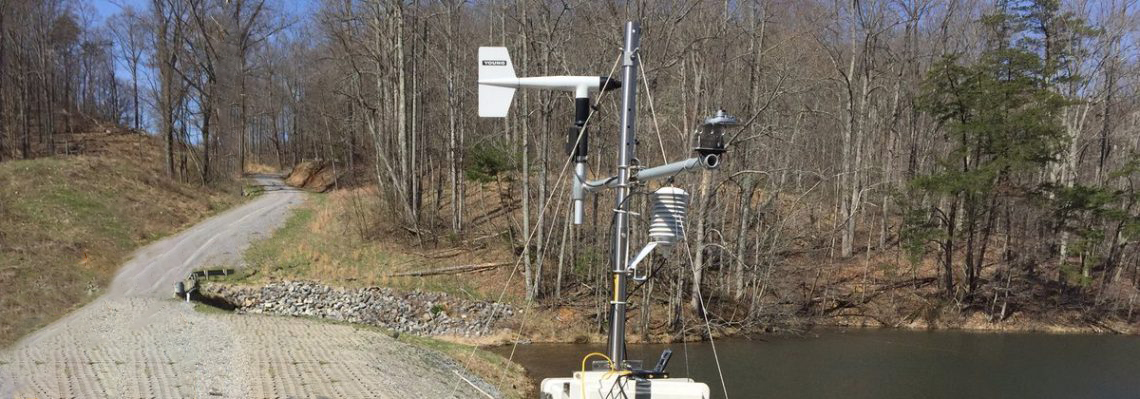May 19, 2020 in Research News

In two recently awarded grants from the National Science Foundation (NSF), Dr. Renato Figueiredo of the Advanced Computing and Information Systems (ACIS) Laboratory is applying edge computing, virtual networks, and open-source software to advance the state-of-the-art in the nascent field of ecological forecasting, specifically lake ecology forecasting. The work will ultimately enhance our understanding of ecological processes, towards forecasting events of interest. Near-term water quality forecasts can guide management actions over day to week time scales to mitigate potential disruptions in drinking water and other essential freshwater ecosystem services.
The Projects
The two NSF awards are related and involve a great deal of collaboration. The first award is $600K ($520K of which is for UF) for “EdgeVPN: Seamless Secure Virtual Networking for Edge and Fog Computing” from the Cyberinfrastructure for Sustained Scientific Innovation (CSSI) program. The project develops EdgeVPN, an open-source software element that addresses a fundamental challenge of networking for edge computing applications: establishing Virtual Private Networks (VPNs) to logically interconnect edge devices, while preserving privacy and integrity of data as it flows through Internet links.
The $1.3M award ($652K UF portion) “Cyberinfrastructure Enabling End-to-End Workflows for Aquatic Ecosystem Forecasting” from the Cyberinfrastructure for Biological Research (CIBR) program will design, implement, and deploy open-source software for FLARE (Forecasting Lake And Reservoir Ecosystems) that will enable the creation of flexible, scalable, robust, and near-real time iterative ecological forecasts.
Both projects tackle the problem of how to efficiently collect, store, transfer, and process data created by a variety of sensors deployed in a field setting. Sending sensor data to cloud servers for processing is time-consuming and resource-intensive. These two interrelated projects use edge computing—a distributed computing paradigm that brings computation and data storage closer to the location where it is needed. Compared to cloud computing, where computational resources are heavily centralized in large-scale data centers, edge computing strives to compute, store, and communicate among computational resources that are geographically distributed at the edge of the network.
The end-to-end forecasting workflow starts with data from a variety of sensors (meteorological, water temperature and chemistry) managed by an edge-deployed sensor gateway, which connects via the EdgeVPN to other gateways and cloud resources to form a distributed virtual cluster. Sensor data drives the daily execution of a forecasting model with data assimilation based on the General Lake Model (GLM) and Ensemble Kalman filters to forecast variables including oxygen concentration, and events of interest such as lake turnover.
The Collaboration

The projects build upon an ongoing interdisciplinary research and development program: both projects involve collaborations with a team from the Department of Biological Sciences at Virginia Tech, and the CIBR project also includes the Department of Forest Resources and Environmental Conservation at Virginia Tech and the Cary Institute of Ecosystem Studies as partners. On the computer science and engineering front, they will advance the state-of-the-art in overlay virtual networks, and container- and microservice-based distributed systems, and will result in open-source software applicable to various edge computing applications.
Building upon the lessons learned and experience with a water reservoir in Virginia, the CIBR project will generalize and scale up FLARE to support forecasting of additional lakes and reservoirs in the US and abroad.
